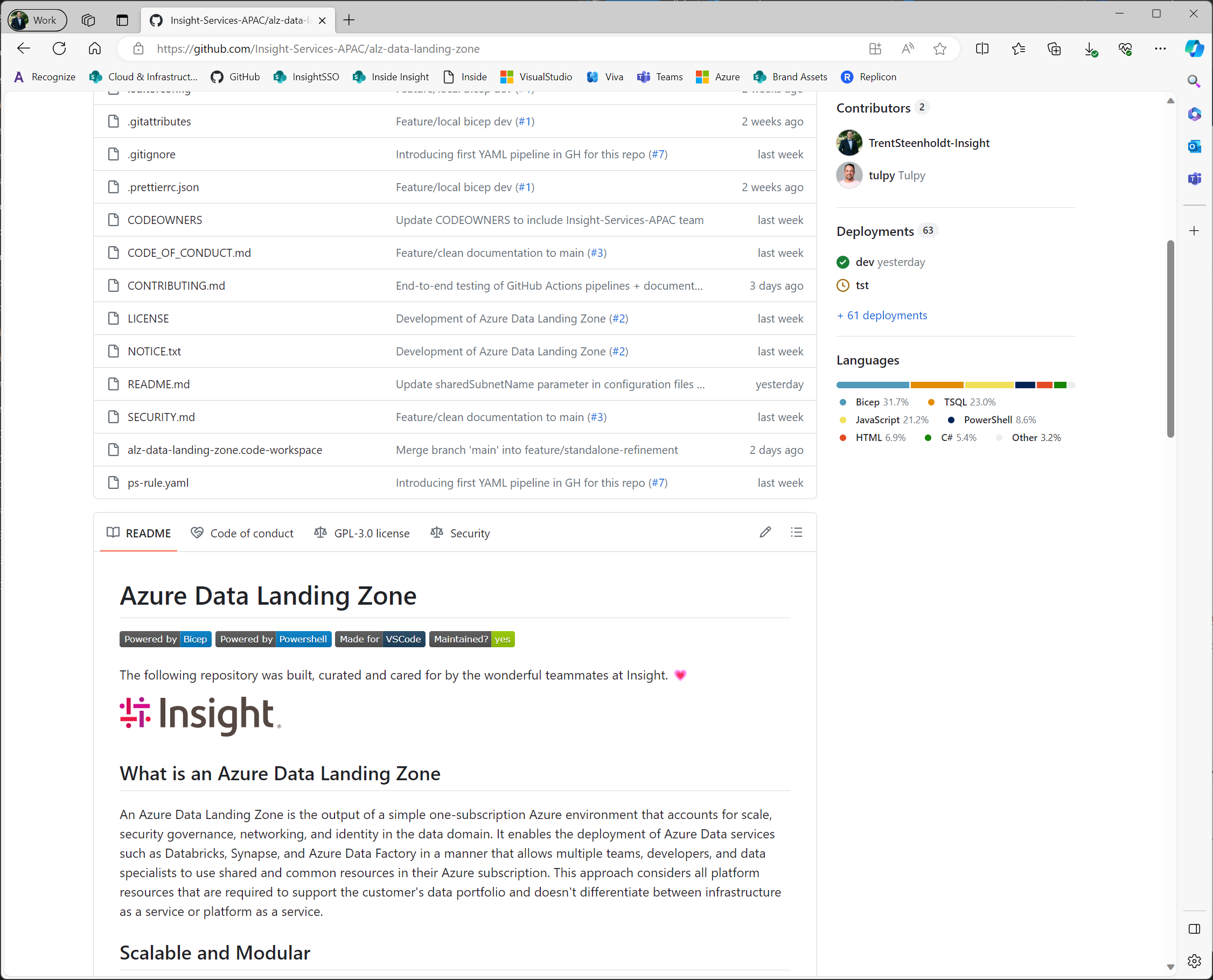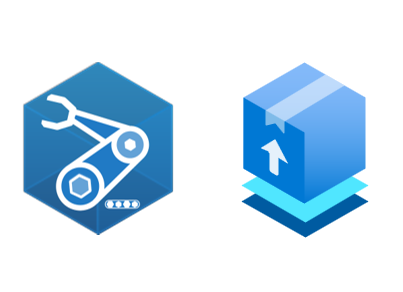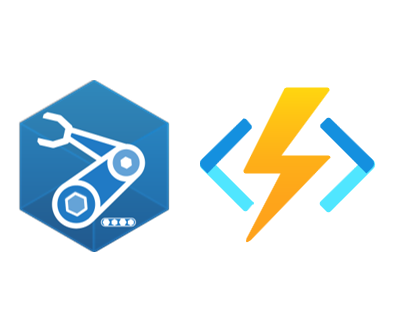Featured Post
Passing a Secret Between GitHub Jobs
azure github actions iac security
A detailed walkthrough of securely moving sensitive outputs across jobs in GitHub Actions.
September 10, 2025 by trentsteenholdtLatest Blog Posts

Building our new Azure Data Landing Zone IP
We built a new Azure Data Landing Zone solution to resell to our customers in under two weeks. Here is how we did it.

Use cases for GitHub Copilot and Bicep
How can you use GitHub Copilot and Bicep.

Addressing configuration drift using Deployment Stacks
A taste of the future of deployments using deployment stacks.

Leveraging User Defined Types & Lamda Functions
Advanced functions to supercharge your Bicep templates.

Creating an Azure Landing Zone using Bicep - Part 2
End to End deployment of an Azure Landing Zone using Bicep - Part 2.

Creating an Azure Landing Zone using Bicep - Part 1
End to End deployment of an Azure Landing Zone using Bicep - Part 1.

Deploying Bicep Templates using GitHub Actions
CI/CD using GitHub Actions and Bicep

Testing and Validation of Bicep Templates using PSRule
Validation and testing of Bicep modules and templates using PSRule.

The Future of Bicep Modules using Azure Verified Modules
Understand the future evolution of the Common Azure Resource Module Library.
